- Joined
- Apr 2, 2006
- Messages
- 11,398
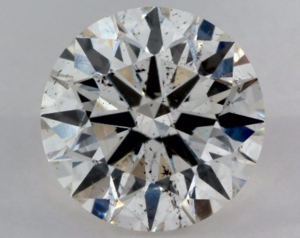
or this?
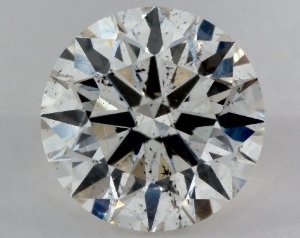
Or this?
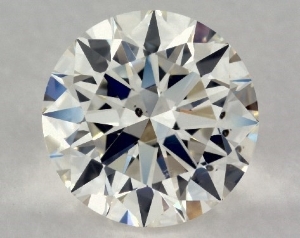
So I was searching for SI1 diamonds in a certain price range, and these were among the options that showed up. These are all in the .8 ct range, GIA-certified as SI-1. I had always thought it was pretty safe to recommend SI-1 diamonds for consideration, but now I'm re-thinking that. Could any of these possibly be reasonably eye-clean in real life?
Seriously, what are the parameters for grading a diamond as SI-1?


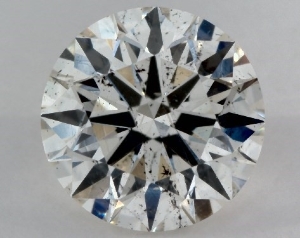
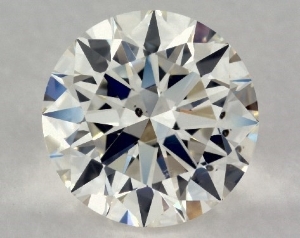


300x240.png)